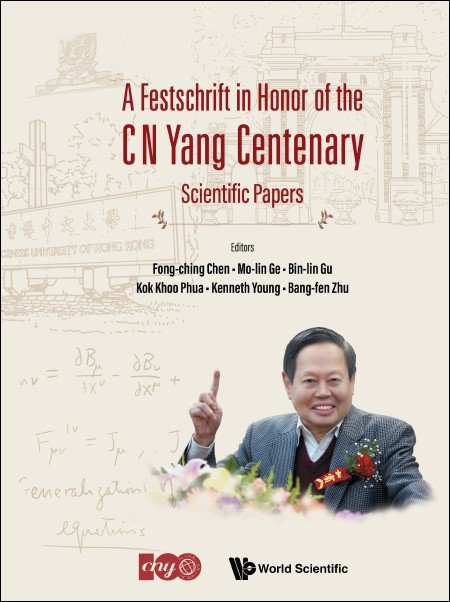The Symmetry Principle in Condensed Matter Physics (I)
Symmetry distills the simplicity of natural laws from the complexity of physical phenomena. The symmetry principle is of vital importance in various aspects of modern physics, including analyzing atomic spectra, determining fundamental interactions in the Standard Model, and unifying physics at different energy scales. In this chapter, novel applications of this principle are reviewed in condensed matter physics and cold atom physics for exploring new states of matter.
First, the concept of space-time group generalizes crystalline space group symmetries to their dynamic counterparts, including nonsymmorphic space-time symmetries (e.g. time-screw rotation, time-glide reection, and time-shift rotary re-flection). It includes and goes beyond the Floquet theory framework, and applies to a large class of dynamic systems such as laser-driven solid crystals, dynamic photonic crystals, and optical lattices, etc. Second, the perspective of high symmetries (e.g. SU(N) and Sp(N)) bridges large-spin cold fermion systems with high energy physics. For example, a generic SO(5), or, isomorphically Sp(4) symmetry is proved in spin-32 systems. Moreover, an exact SO(7) symmetry is identified, which exhibits an extraordinarily unifying power. Its χ-pairing operator extends Yang's η-pairing to a high-rank Lie algebra, integrating 21 orders in both particle-hole and particle-particle channels into a unified framework. Such systems also exhibit multi-fermion orderings, including quartetting super uidity (charge 4e) and quartet density wave, which are α-particle-like, or, baryon-like orderings. The resonant quantum plaquette states of SU(4) antiferromagnetism are described by a high-order gauge theory. A quantum phase transition occurs from the Slater region to the Mott region in the SU(6) Hubbard model. A tendency of convergence of itineracy and locality is revealed in 1D SU(N) systems as N goes large. Third, a new mechanism is presented to generate spin-orbit coupling based on "spin-from-isospin" via many-body Fermi surface instabilities of the Pomeranchuk type. In contrast, the conventional wisdom views spin-orbit coupling as a single-body relativistic effect. This mechanism generalizes itinerant ferromagnetism to the unconventional symmetry versions (e.g. p-wave), which can also be viewed as magnetic multipolar orderings in momentum space.


